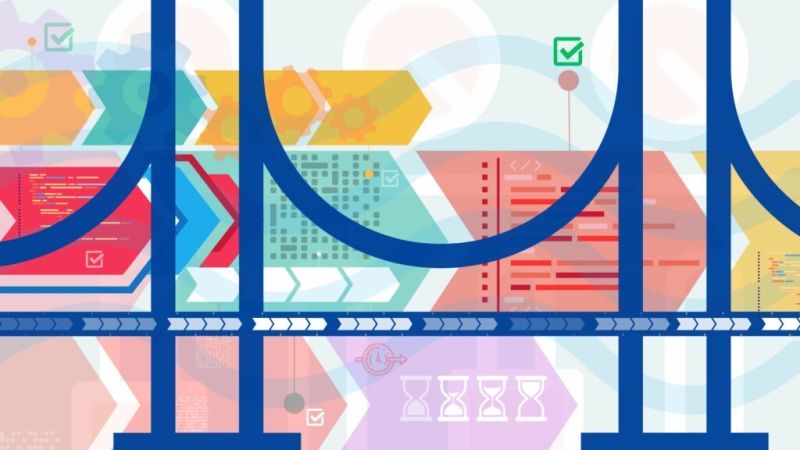User Role Modeling
User Role Modeling refers to understanding the different roles that our customers and users may have while using our product or service.
Example:
Imagine we are delivering an app for learning new languages.
Usually, we start by brainstorming our users’ potential roles in this app. The result of this brainstorming could be like that: a job seeker, an adult learner, a student, a business person, a retired person, and so on.
Then, you might refine the initial ideas. I recommend discovering these roles with Stakeholders and your Scrum Teams to increase transparency and better understand customers and users.
Also, you might think about your customers’/users’ archetypes. These archetypes refer to the customers’/users’ motivations and behaviors. Using our example with the app, we can distinguish several archetypes: a busy business person who wants to improve their professional use of language, a student taking language exams to obtain a certificate, and so on.
Think about your customers’ behaviors. Are they predictable or unpredictable?
Having these roles and archetypes helps us to create customer/user personas (or proto-personas).
I have found it helpful to name a persona and indicate age, profession, pains and gains, problems, and needs. Use all information that you have from roles and archetypes.
Example:
Tom, a psychology student taking language exams to obtain a certificate, age 19, struggles with international language exams and wants to improve his score before the next attempt. He’s an early adopter and wants to try all apps before purchasing the best one. He believes these certificates will help him find a better job after college.
In some texts, you may find a differentiation between user roles, archetypes, and personas. In others, these words are used interchangeably. The most important thing is to know your customer, regardless of how you want to name it. As you may see, I use three with slightly different meanings in this blog post.
I strongly recommend using personas in your Product Backlog Items’ descriptions.
Example:
For Tom, a psychology college student, we want to create a mock test option so that he can verify his language level before taking an actual exam.
You can use a User Story or Job Story template or other techniques.
TIP 1: You might look at customer segmentation that is likely done in your marketing or sales department. Some inspiration or answers can be discovered there.
TIP 2: Mind, that there are proto-personas and personas. Do not spend hours on endless refinement. Proto-personas are fast, informal, and easy to create. There is only one “but”- see a question and answer in the next paragraph.
But wait, how do we know that these proto-personas are our potential customers and users?
I strongly advise against having only imaginary personas. These are YOUR (and your stakeholders’ and team’s) ASSUMPTIONS. And the assumptions need to be validated. Otherwise, your entire effort and all of your features will be only your wishes, suppositions and beliefs. But how do we validate these proto-personas?
Knowing your customers
If your product exists, you have some data. If you do not have any data, start to collect it. There is always someone in the organization who can share them with you. Please find below other ways of knowing your customers.
If your product does not exist yet, start a conversation with potential customers/users.
Knowing your customers may help you solve their problems or even create a need that has yet to exist in the market.
Don’t serve them solutions, first understand
You cannot avoid observing and talking to customers. I have noticed this avoidance trend among Product Owners. Often, organizations deliver unwanted, undesirable features when this occurs. I call it featurosis and this is basically a waste of money. Learn more about featurosis in this short video.
Even in large corporations, there is always a way to start interviewing users. For instance, some large banking organizations have studios, and they are constantly inviting customers to experiment with, interview, and observe them. A similar approach is executed successfully in other corporations.
Knowing your customers may include the following activities:
Interviews
While interviewing your customers and users, you can get plenty of useful information about them, their problems, pains and opportunities. There is an entire process of interviewing people, so make sure you are familiar with that and ask the UX person to help you conduct an interview. Make sure that all customers receive the same set of questions to make your research consistent and cohesive.
Observations
In my experience, observations are one of the best approaches to know your customers better. Ideally, observe them in their natural environment to obtain unbiased results.
There are several ways for observations:
- In-person observation
- Virtual (connection through video call)
- Focus Group
- Online tracking (there are several tools available on the market)
- Heatmaps and eye-tracking
- Ethnographic Research
- And likely many more, but now you have an idea
Talking to customers
This is a technique that is different from a scheduled interview. If there is any possibility, you can just chat about the product, service and experience with your customers in several situations. For example, an executive of one of the grocery store chains in Europe used to do shopping in several locations. He wanted to experience shopping as a regular customer. In addition, he used to talk to other store customers about their experience while they were shopping. He could listen to their opinions and find potential improvements and opportunities.
Surveys
A survey is the most common technique; however, it is not sufficient for me. Be careful with surveys. They might be declarative, although they can be useful, especially for trend observation. So I do not discourage you, just creating some awareness. There are several papers on this topic. It is not just my observation.
TIP: Make sure that surveys are not your only approach to knowing your customers.
Experiment
Undoubtedly, experimentation, combined with observation, might be considered as one of the most insightful approaches to knowing your customers better. This is a great way to validate our assumptions about customers’ experience, usability and usefulness of our product. More about experiments are included in the blog post Why Experiment?
Collect data
There is plenty of information about your customers in your organization. Just ask. In some businesses, there are many systems tracking your customers, so be sure to utilize them. Also, collect data from observations, interviews, surveys, etc. Having data, it is easier to make decisions based on evidence.
Create a Customer Experience with your product.
One of the methods that might help you know your customers broadly is to create the entire experience for them with your product. One of the most common ways to do it is to organize a workshop with your customers or prospects and design the product or features together. Always strive for usefulness, consistency, and ease of use.
You might consider using the marketing approach as described in Harvard Business Review. It is a good read for inspiration not only for Marketing.
TIP 1: You may combine different approaches and compare results.
TIP 2: Remember, knowing your customers is an ongoing process. I would not rely on research that was conducted a year ago or earlier. Customers and users are changing their preferences, habits, needs, etc. You have to understand their current experience.
Tools/canvases
There are several tools available that might help you know your customers. Just browse. You may also create your own template.
Persona canvases
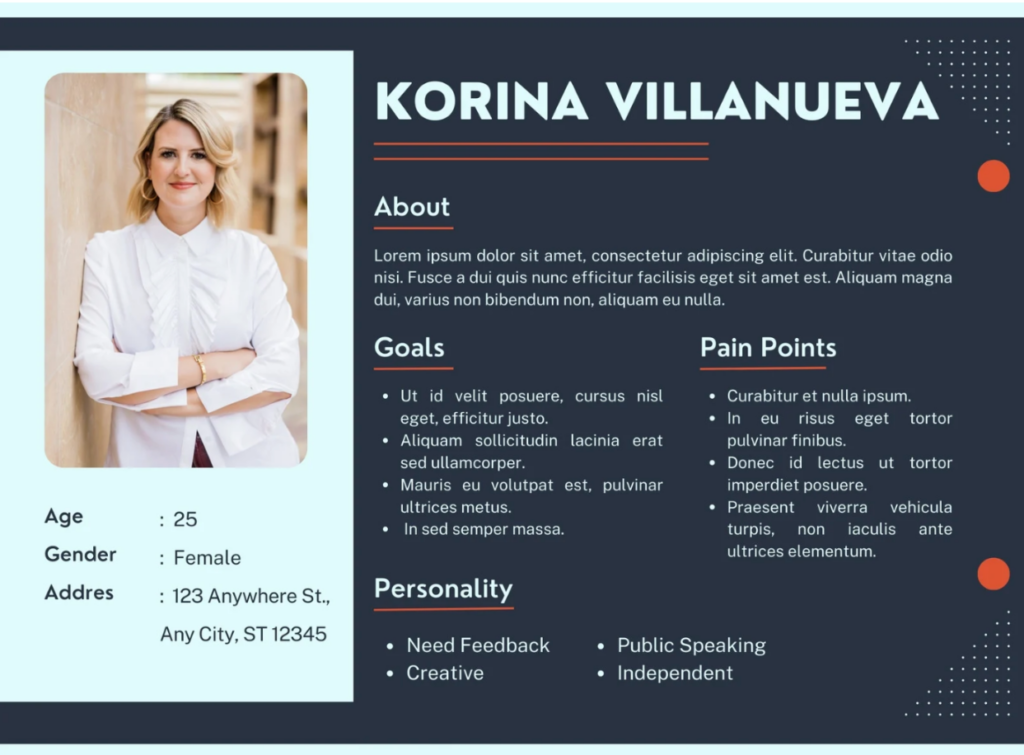
Source: canva.com
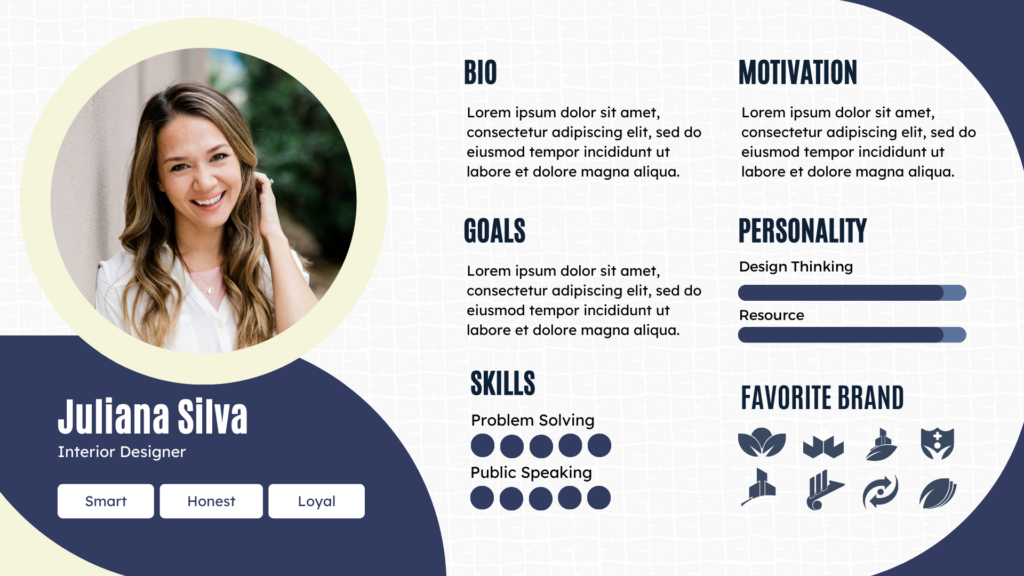
Source: canva.com
Customer journey
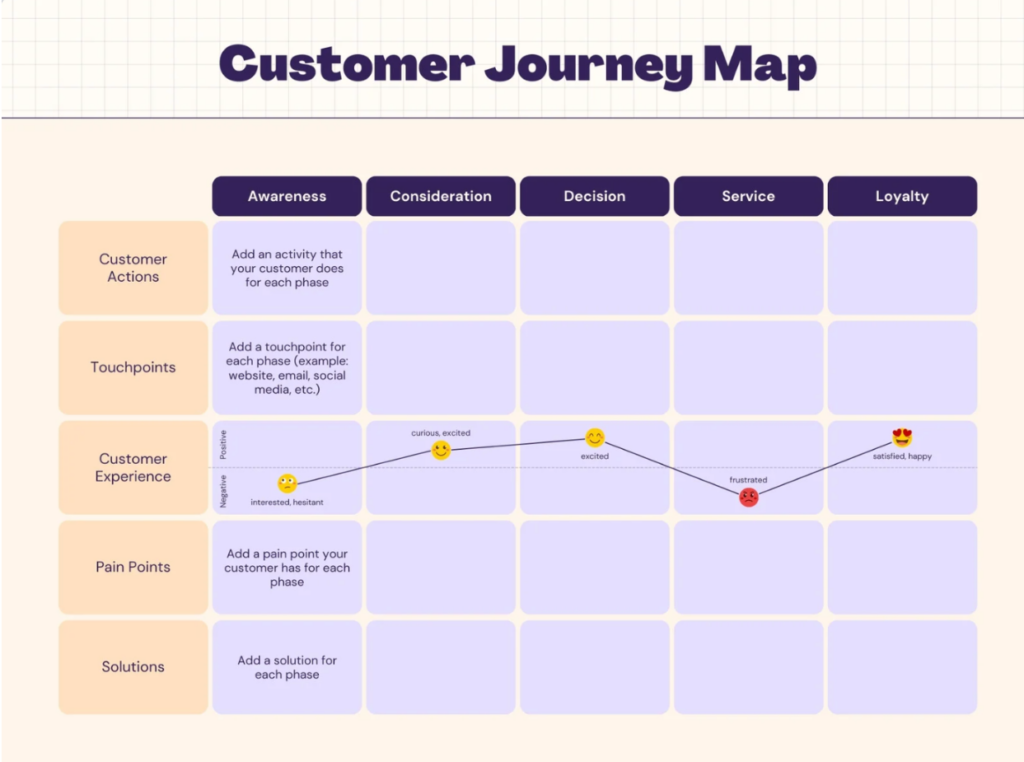
Source: canva.com
Lean UX Canvas
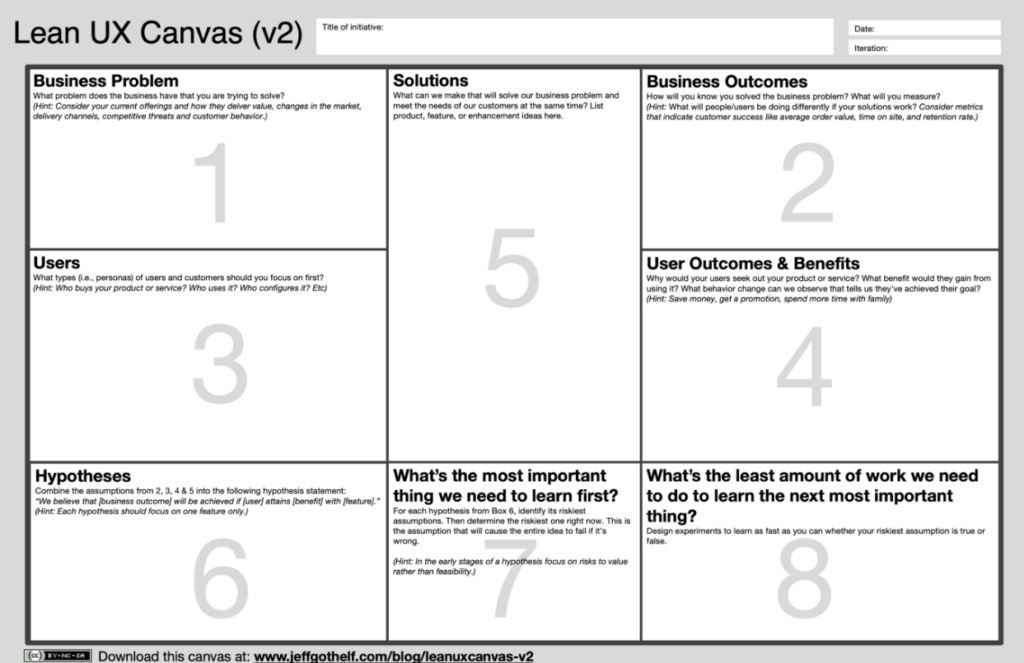
Source: https://jeffgothelf.com/blog/leanuxcanvas-v2/
Empathy Map
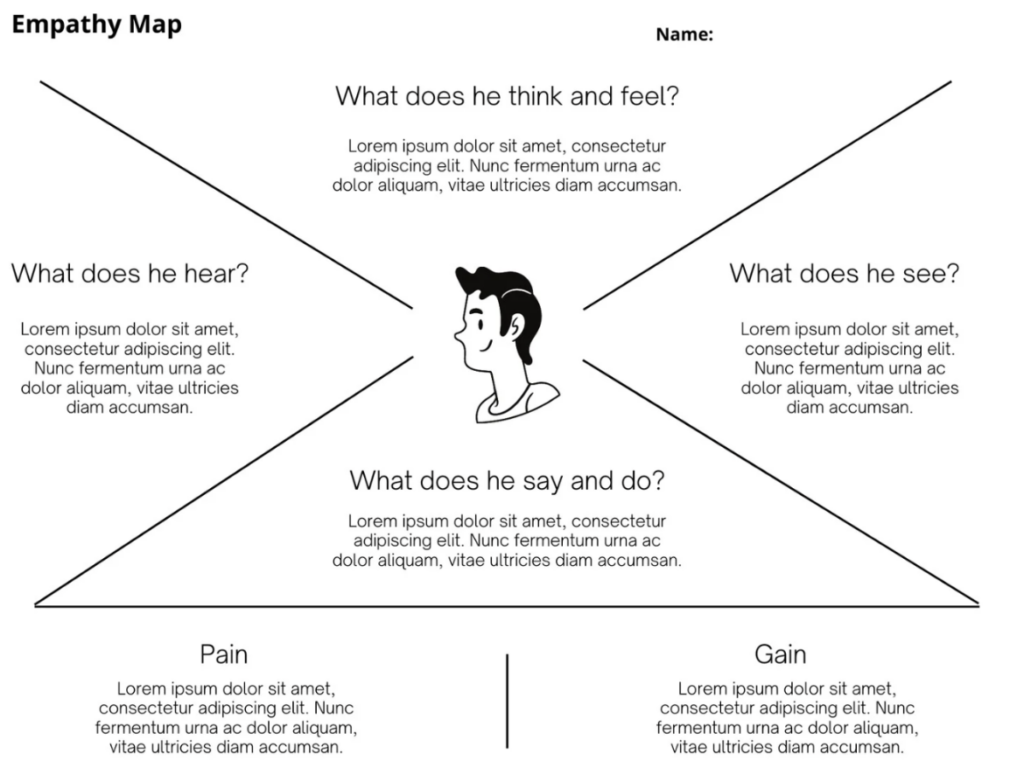
Source: canva.com
The end note
There are plenty of different ways to know your customers. Even in a large corporate environment, there are several ways to contact your customers and users directly. No excuses. Try to find the right people in your company who might help you understand your customers better.
This article was written by a human, me, not AI.
Recently Scrum.org has published a new skill course – the Professional Scrum Product Backlog Management Skills. If you are interested in this course or other training, please see available public classes here.

